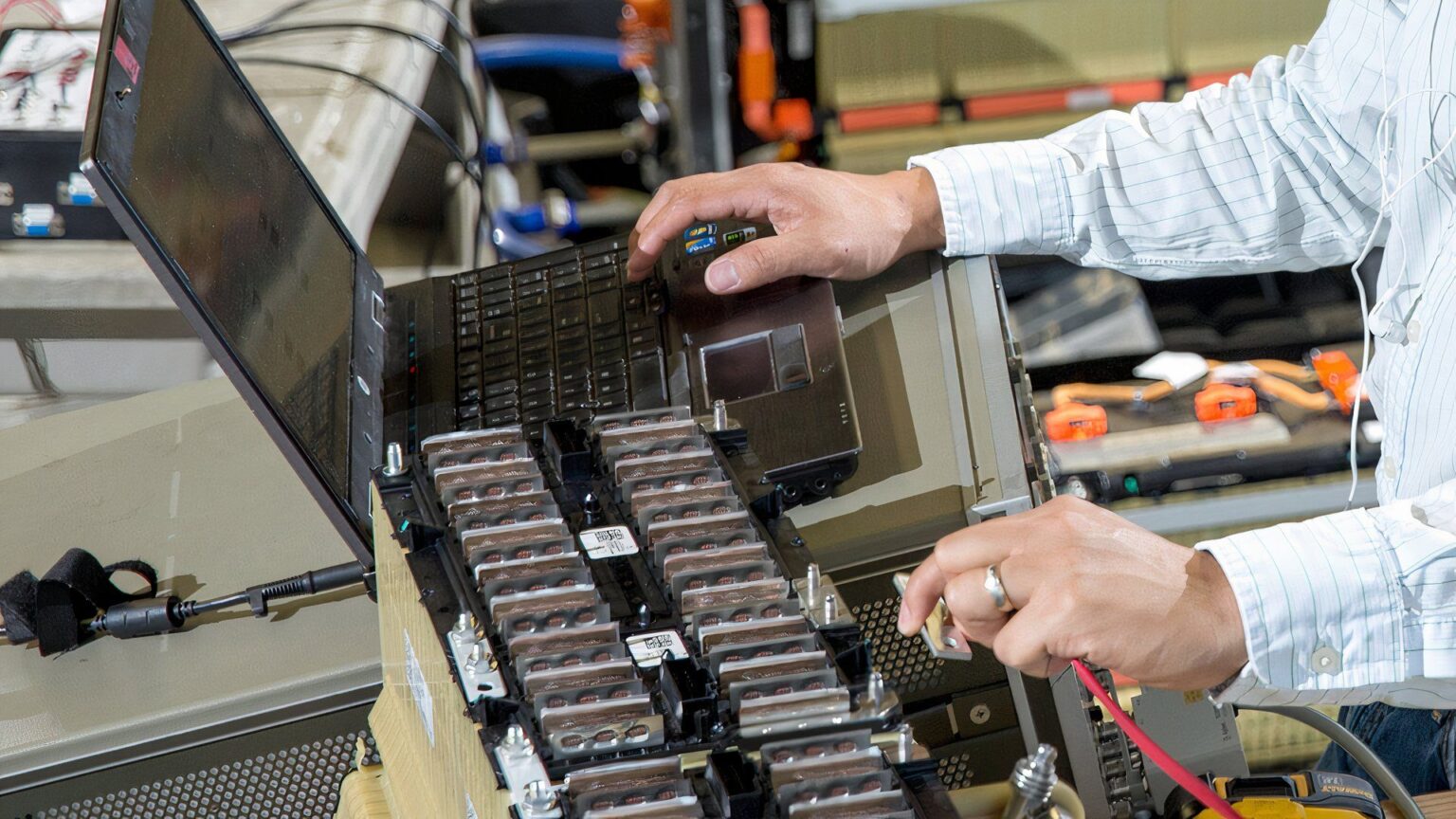Whether they power a laptop computer or a Ford F-150 Lightning, lithium-ion batteries are extremely difficult to recycle. These high-tech energy-storage devices contain a laundry list of different substances, which makes recovering these materials in an economically feasible manner a big challenge. There are several ways of recycling lithium-ion batteries, from pyrometallurgy, a wasteful but simple process where old cells are literally melted down, to hydrometallurgical processes where specific constituent components are selectively removed from a solution using electroplating. But researchers in China have discovered a new way of extracting critical metals from old batteries by using amino acids, a process that is said to be far safer as it does not require dangerous chemicals.
Safe Enough To Use As Fertilizer
According to an article published by InterestingEngineering.com, some of the processes currently used to recycle old lithium-ion batteries use ammonia or harsh acids to extract valuable substances like lithium, cobalt, manganese, and even nickel. But these materials can harm workers and are damaging to the environment.
Glycine Is The Key Ingredient
This new process, which was developed by researchers at two universities in China as well as the National Engineering Research Center of Advanced Energy Storage Materials uses an amino acid called glycine to help recover valuable battery metals. This amino acid acts like a binding agent, “capturing metal ions like lithium, nickel, cobalt, and manganese, preventing them from forming unwanted byproducts,” the report says. Glycine also keeps the solution at a neutral pH because it’s a “natural buffer,” which makes this whole procedure far safer than recycling processes that employ acid.
Another benefit of using glycine is that the leftover solution is non-toxic and can be used as an agricultural fertilizer of all things. This improves sustainability because the solution doesn’t require special processing or disposal.
“Micro Batteries” Are A Key Part Of The Process, Too
Another critical component of this battery-recycling technology is the creation of so-called “micro batteries” in the solution itself. This gets super complicated, but according to the article, “The researchers mixed old battery particles with iron(II) salt, sodium oxalate, and glycine in a neutral liquid. This forms a thin iron(II) oxalate layer on the particles, acting as an anode, while the battery material functions as a cathode.” The story continues, “This setup triggers a reaction where iron(II) converts into iron(III) while oxygen ions in the battery material turn into hydroxide (OH–) ions.”
Breaking it down, all these fancy chemical reactions allow those aforementioned critical battery metals to dissolve in the solution, which makes them easier to extract. A staggering 99.9 percent of the lithium used in a battery can be recovered using this method along with 96.8 percent of the nickel, 92.4 percent of the cobalt, and 90.6 percent of the manganese, staggering percentages for these critical materials.
Lithium-ion batteries power the modern world, everything from smartphones and computers to electric vehicles. If we don’t already, we may soon have a mountain of old batteries and no practical way of recycling them. If researchers can commercialize this amino acid-based technology, we may soon be able to address this critical issue in an environmentally safe and economically viable manner.
Read the full article here


